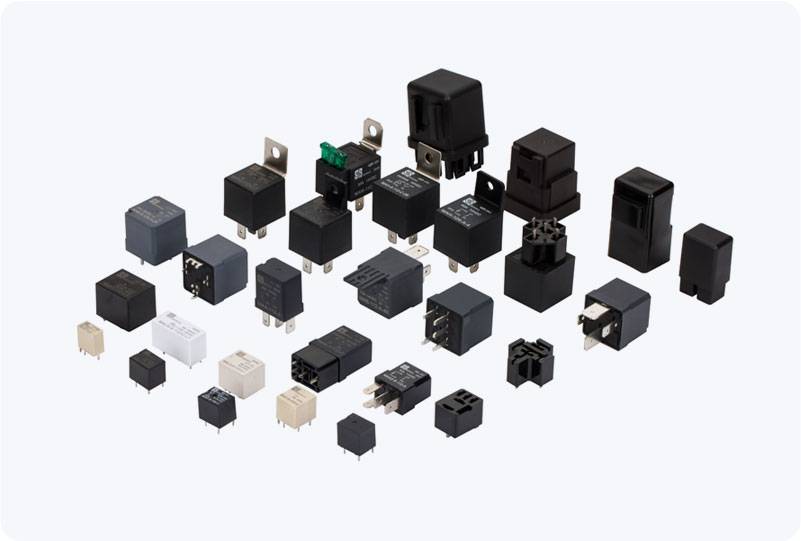帮我写一篇关于pcb electromagnetic relay的800字英文原创文章,并在文章前面配上一个标题,并在标题里面包含pcb electromagnetic relay
Release time:2025-08-20 11:10:27
Understanding PCB Electromagnetic Relay: Structure, Working Principle, and Applications

A PCB electromagnetic relay is a crucial component in modern electronic systems, especially in circuits where precise control and isolation between circuits are required. These relays are commonly used in a wide range of applications, from industrial automation to consumer electronics, providing a reliable means of switching between different electrical states with minimal input power. In this article, we will explore the structure, working principle, types, applications, and key considerations of PCB electromagnetic relays.
Structure and Components
A PCB electromagnetic relay typically consists of three main parts: the electromagnet (coil), the armature, and the contacts. The electromagnet is the core of the relay, generating a magnetic field when electrical current passes through it. The armature, which is a movable metal piece, responds to this magnetic field by either attracting or repelling. This movement of the armature results in the opening or closing of the relay’s contacts, effectively controlling the electrical flow in a connected circuit.

